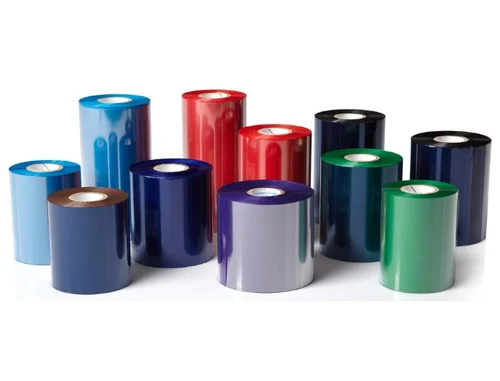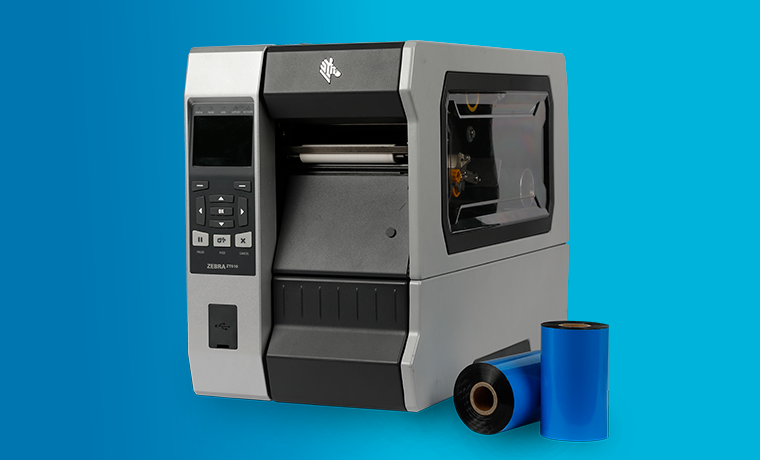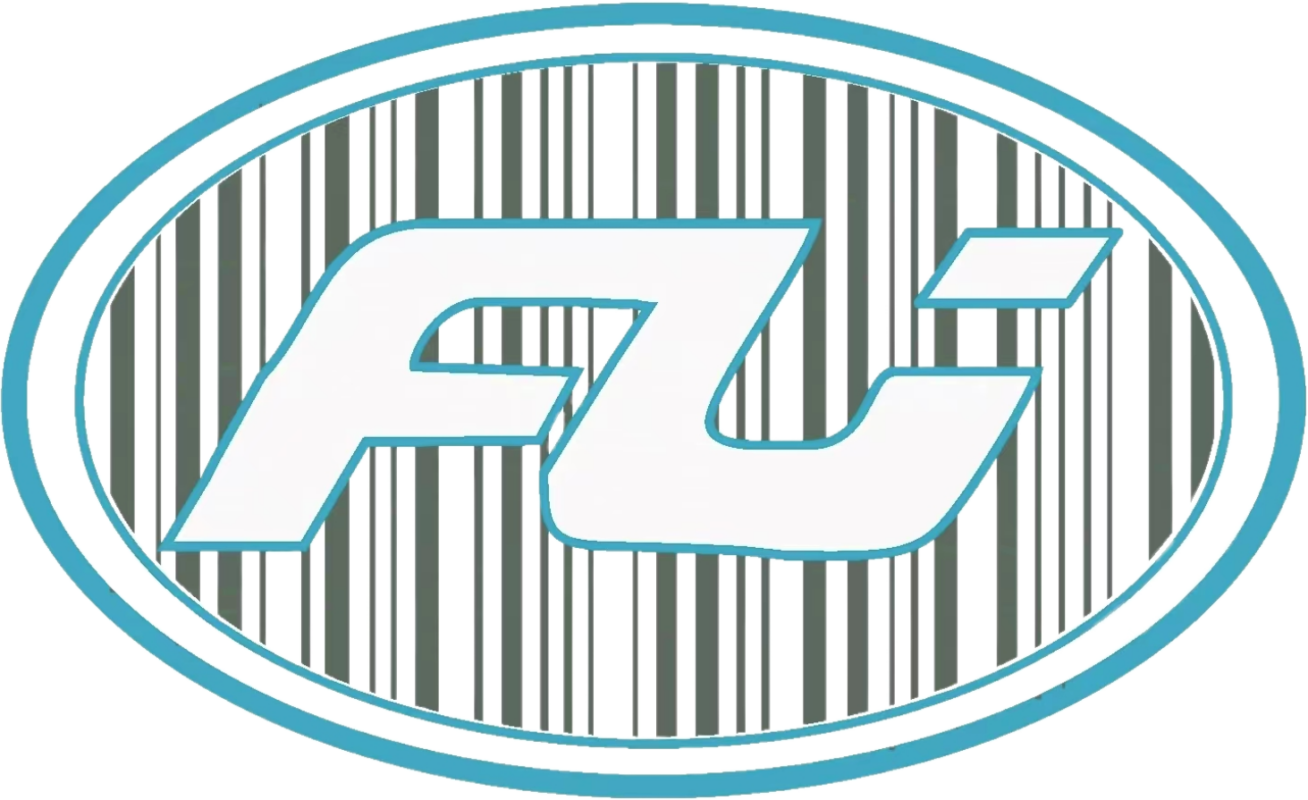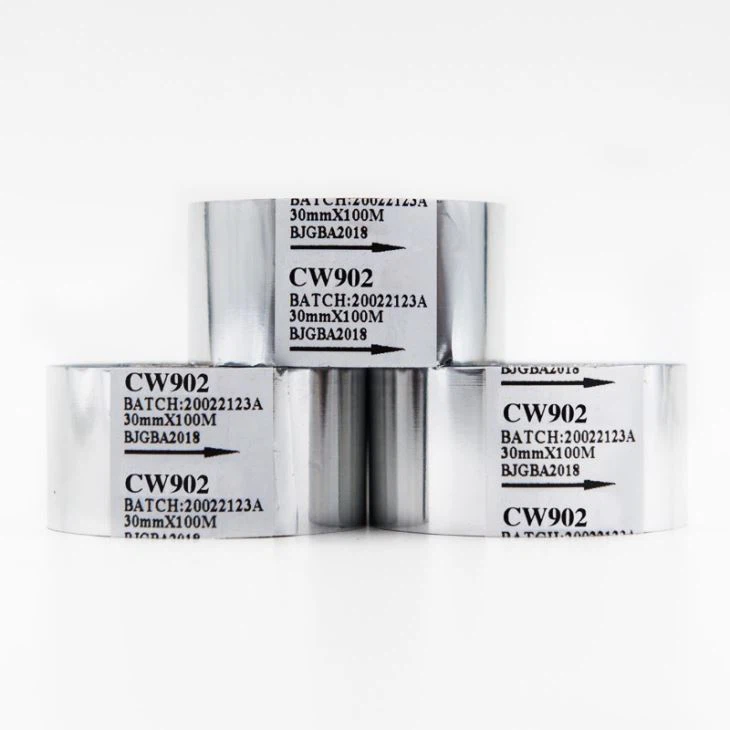Blog
Label Printers: The Ultimate B2B Guide for Distributors and Buyers
Industries in logistics and retail as well as healthcare and manufacturing rely heavily on label printers for their operational processes. Specialized printers enable businesses to produce custom labels whenever needed to enhance organization processes while supporting compliance and branding efforts together with inventory management.
B2B distributors and procurement professionals have a substantial chance to deliver high-performance label printers which meet the specific requirements of different industries as demand for efficient labeling solutions expands. The guide examines different label printer types and their functions while also assessing their applications and sourcing methods within the wholesale market.
What Is a Label Printer?
Definition
Label printers serve businesses by producing adhesive-backed labels through dedicated devices. Label printers have been designed to deliver fast printing speeds and precise output while being compatible with label rolls as well as tapes and sheets.
Key Functions
- Label printers generate product barcodes along with QR codes and display batch numbers alongside expiration dates.
- Generate shipping labels alongside shelf tags and labels for regulatory compliance.
- Support asset management, inventory tracking, and branding
Types of Label Printers
Desktop Label Printers
- These printers maintain a compact design while delivering excellent performance for small to medium print volume tasks.
- These printers operate in office spaces along with retail shops and small warehouse environments.
Industrial Label Printers
- Rugged and built for high-volume applications
- Industrial label printers operate in high-volume settings including logistics centers manufacturing plants and distribution hubs
Mobile Label Printers
- Lightweight and battery-operated
- These printers are perfect for labeling tasks on-site at warehouses, healthcare facilities, and field service operations.
Color Label Printers
- Prints in full color
- Color Label Printers present excellent solutions for producing brand labels and packaging while also creating promotional tags.
Thermal Transfer Label Printers
- The thermal transfer printers produce durable prints by utilizing both ribbon and label stock.
- Great for outdoor or durable labeling needs
Direct Thermal Label Printers
- These printers create labels directly on thermal paper through heat activation without the need for ribbons.
- Best for short-term use like shipping labels
Printer Specifications to Consider
Resolution
- Standard: 203 dpi
- High-resolution printing achieves 300 to 600 dots per inch for detailed graphic work and precise small text rendering.
Print Speed
- Ranges from 2 inches/second to 14 inches/second
- Production and shipping workflows become more efficient with faster printers.
Max Print Width
- Print width ranges between 2 inches and 8 inches based on the printer classification.
Connectivity Options
- USB, Ethernet, Wi-Fi, Bluetooth for flexible integration
Media Compatibility
- The printer supports label media types such as rolls, fanfold labels, tags, wristbands, and continuous label tape.

Label Printer Applications in B2B Sectors
Logistics and Warehousing
- Shipping labels, pallet tags, bin labels
- Barcode and inventory labels for tracking
Manufacturing
- Product IDs, compliance tags, asset management labels
Retail
- Price tags, promotional stickers, shelf labels, receipts
Healthcare
- Patient wristbands, sample labels, prescription tags
Education and Government
- Education and government operations require tools for tracking files and managing library resources through labels and identification tags for equipment.
Supplying label printers brings multiple advantages to the wholesale market.
Recurrent Sales Potential
- The sale of label printer consumables such as ribbons and tapes increases through label printer distribution.
Cross-Selling Opportunities
- The package incorporates labels together with ribbons and label design software.
High Demand Across Industries
- Universal need for organized, traceable operations
OEM and White Label Availability
- Custom branding options for resellers
Customization Options for Distributors
Housing Color and Branding
- Private labeling available for large orders
Packaging
- OEM boxes, manuals, and multi-unit kits
Software Integration
- Label design software bundling or API compatibility
Hardware Features
- Optional cutter, peeler, display panel, and touchscreen
Sourcing Strategies for B2B Buyers
Assess Client Use Cases
- High-volume industrial vs low-volume office usage
Evaluate Print Technology Needs
- Durability required? Choose thermal transfer.
- Short-term? Go with direct thermal.
Confirm Media Compatibility
- Ensure that printer specifications align with the requirements of label materials and dimensions.
Trial and Sample Units
- Conduct tests to evaluate printer speed performance along with resolution quality and media handling capabilities plus user-friendliness.
MOQ and Lead Time
- MOQ requirements depend on printer class and generally range from 50 to 500 units.
- The production lead time for products with OEM branding ranges between 15 to 30 business days.

Environmental Considerations
Energy Efficiency
- Low-power standby modes and thermal-efficient models
Compliance Certifications
- International distribution requires meeting RoHS, CE, FCC, and WEEE environmental compliance standards.
Recyclable Components
- Encourage cartridge recycling and eco-friendly packaging
Conclusion
Businesses across various sectors rely on label printers as essential tools to improve operational efficiency and maintain product traceability. The pairing of high-performance printers with label tapes and ribbons provides B2B distributors with scalable business opportunities that promise substantial growth.
Distributors who grasp client needs and provide customized solutions from heavy-duty printers to mobile devices achieve trusted supplier status in their field or area. Select the correct manufacturer while providing additional value-added support and prioritizing customization to gain a competitive advantage in the label printer wholesale market.
Frequently Asked Questions (FAQ)
Thermal transfer printers use a ribbon to produce durable prints while direct thermal printers print directly onto media without a ribbon for temporary labeling.
Thermal transfer printing produces durable prints by using a transfer ribbon. Direct thermal printers operate without a ribbon and work best for short-term labeling applications.
Industrial label printers outperform desktop models because they handle larger quantities and function in demanding environments.
Industrial printers function in demanding environments while producing high-volume prints. Desktop printers suit smaller operations.
Is it possible to connect label printers to ERP systems?
Yes. A large number of models enable users to connect through APIs or third-party software for flawless data synchronization.
Do you offer label printer bundles?
Yes. Our label printer bundles include printers along with necessary supplies like label rolls and ribbons as well as software for complete procurement.
What’s the warranty on your printers?
A 12 to 24 month warranty applies to most models. Extended service plans are available.
Contact Us for Label Printer Wholesale Solutions
Are you interested in sourcing bulk label printers or OEM products? Our company delivers industrial printing solutions for desktop and mobile platforms which include customization options and support for international shipping.
📩 sales@foyottr.com
📞 Tel: +86-592-6018320
🌐 https://foyottr.com/
Visit our Contact Page to get started or request a quote today.

